What genre is Frank Sinatra? Unique style and music influences

This post contains affiliate links. If you use these links to buy something we may earn a commission. Thanks.
Table of content
What genre is Frank Sinatra? Unique style and music influences - Introduction
It might be difficult to categorize a song by Frank Sinatra into a specific genre. Because he performed with the top jazz bands at the time, some claim he is a jazz vocalist. What genre is Frank Sinatra, if any?
However, some claim that his tunes mixed several musical styles, including big band, swing, jazz, and "easy listening.”
Many uninformed admirers assume Frank Sinatra was a jazz musician because of his performances with prominent jazz artists and jazz bands when he was his age.
He did, however, share the stage with other popular and rock and roll artists of the time. Frank Sinatra's unique genre is so difficult to define, but let’s try to do this together.

KEY TAKEAWAYS
Frank Sinatra's Primary Genre: Frank Sinatra is primarily categorized as "classic pop" or "traditional pop." This genre encapsulates his primary musical style, although he also incorporated elements from big band, swing, jazz, and "easy listening" into his music.
Sinatra's Unique Style: Sinatra's music style is challenging to define due to its incorporation of elements from various genres. This unique blend contributed to his widespread appeal and difficulty in pinning him down to a single musical genre.
Jazz and Swing Influences: Sinatra is often associated with jazz, partly due to his performances with renowned jazz artists and bands. He also had a significant influence in the swing subgenre, especially during the "swing era" of the 1930s and 1940s.
Classical Music Influences: Sinatra's music also shows influences from classical music, particularly in his use of woodwind and string parts. This fusion of jazz and classical elements contributed to his distinctive sound.
Cultural Impact Beyond Music: Sinatra's influence extended beyond music to fashion, film, and American culture. His iconic style and roles in films like "The Man with the Golden Arm" and "From Here to Eternity" showcased his versatility and left a lasting impact on Hollywood and popular culture.
Frank Sinatra’s unique style
For the majority of well-known performers, defining their musical genre is not too difficult, and this is particularly true when trying to determine what genre is Frank Sinatra.
Nobody can contest the categorization of James Brown as a funk and soul musician or deny that BB King was a bluesman.
It's more difficult to pinpoint a particular Frank Sinatra musical genre, though.

In order to comprehend Frank Sinatra's musical style, it is important to take into account the age in which he first became well-known and the trends that prevailed at the time.
Frank Sinatra: pop musician or not?
Sinatra has sold more than 150 million recordings to date and is renowned for his soulful vocals and impeccable articulation.
Pop is undoubtedly the most inclusive genre of them all because it refers to any music that is currently popular.
Frank Sinatra has had extensive airplay on radio stations all around the world throughout the years, and he has experienced notable success in the record-sale charts of numerous nations.
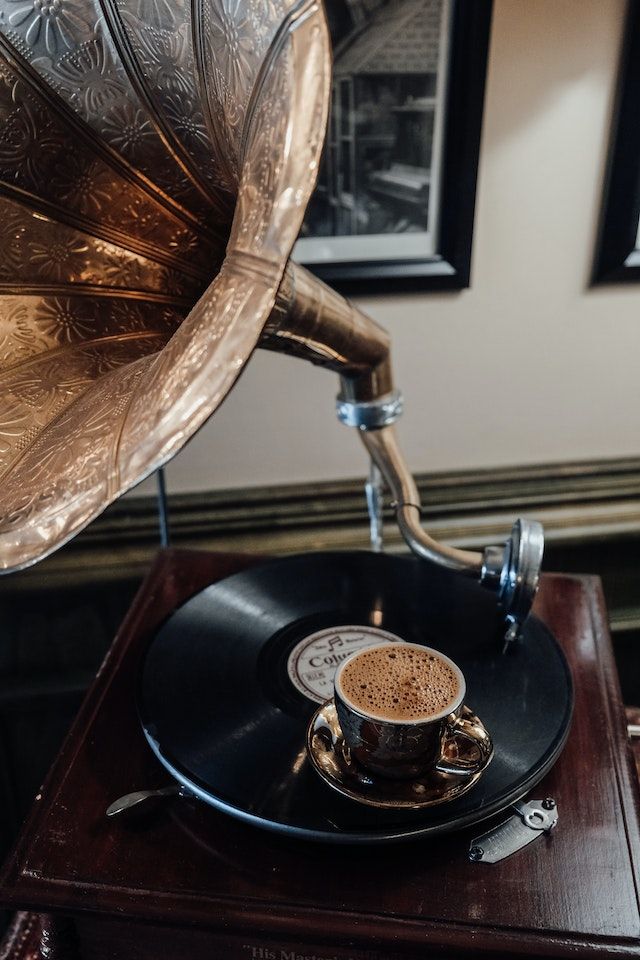
There is a convincing case to be made that pop is the genre that best captures Frank Sinatra's style.
The main problem with this designation is that it just notes that his music was popular with the general public without describing the specific aesthetic elements of it.
Pop music evolves over time. Crooners like Frank Sinatra were referred to as "pop" singers prior to the advent of rock and roll.
Depending on the decade, some musical genres are classified as pop music.
For instance, surf-rock was regarded as pop music in the early 1960s since it dominated the charts at the time.
Sinatra is undoubtedly a pop artist since he is still well-liked today.
When trying to figure out what genre is Frank Sinatra, it could be argued that he also belonged to other musical subgenres.

Frank Sinatra: A Jazz Artist?
His backup ensembles frequently included the most well-known jazz performers of the time, and the instruments he employed were typical of a traditional jazz band.
Just as Frank Sinatra's genre is a topic of discussion, another iconic group whose genre sparks debate is The Beatles. Discover more about their musical classification in our detailed analysis of what genre is The Beatles.

Although Frank Sinatra will always be associated with the jazz genre, it would be incorrect to confine him to only this style.
The fact that his music mixed several genres is one of the reasons he was so well-liked during his incredible career.
Other vocalists of the time, like Ella Fitzgerald, were classified as "vocal jazz," which was distinct from the mostly instrumental styles of jazz that were becoming increasingly common in bars and clubs across America.
Influences from classical music
Because Sinatra frequently used woodwind and string parts in his compositions, it is more accurate to describe his music as a distinct fusion of jazz and classical when determining what genre is Frank Sinatra.
Sinatra was known for having a superb ear for music despite not having formal classical training.
This explained how he could sing in pitch so consistently, as well as detect out-of-tune instruments in his band.
Frank Sinatra's 1956 cover of "Close To You" is an illustration of how classical music influenced him.
Sinatra's love of classical music served as the inspiration for this song, which incorporates a string quartet.
In the realm of multi-talented musicians like Frank Sinatra, Prince stands out as another versatile artist. Learn about his extraordinary musical abilities, including how many instruments Prince played.
Frank Sinatra as a swing musician
There is a case to be made that Frank Sinatra also belonged to the jazz subgenre known as “swing”.
The emphasis on the off-beat, a feature of many early Sinatra songs, served as the inspiration for the name of the genre.
When Sinatra was initially establishing himself as a rising performer, the time period was known as the "swing era" because it was so well-liked.
Frank Sinatra songs
Frank Sinatra's songs are a vivid mosaic, blending various musical styles into a unique and enduring sound.
While discussing the musical journey of Frank Sinatra, it's interesting to note the educational backgrounds of various artists.
For insights into other singers who pursued formal education, much like Sinatra's contemporaries, explore our feature on singers who studied in college.
While Frank Sinatra massive popularity and record sales might categorize him as a pop artist, Sinatra's music transcends this label, weaving in rich jazz undertones, classical influences, and the rhythmic vitality of swing.
Sinatra's songs, characterized by their soulful depth and impeccable delivery, reflect not just the trends of his time but his personal artistic vision, making him an iconic figure whose music continues to captivate and inspire generations.
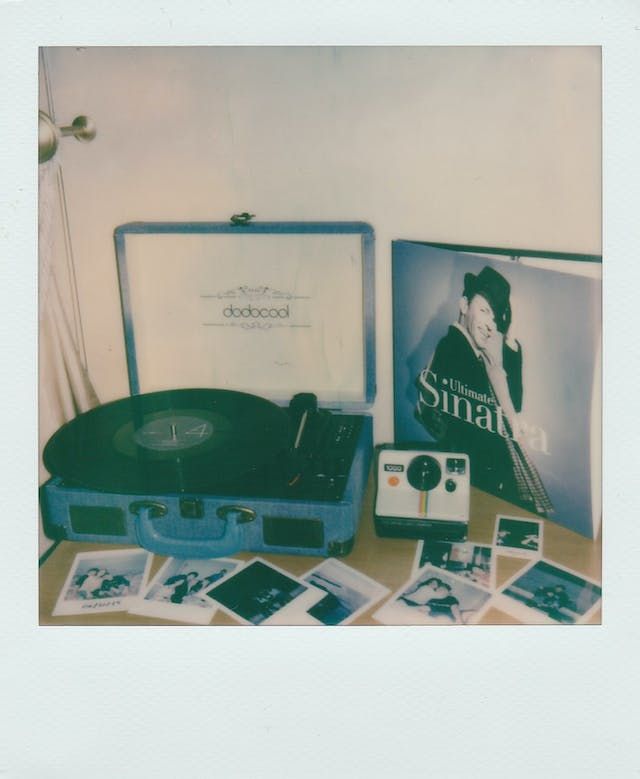
The way we consume music has dramatically changed since the days of Frank Sinatra.
To understand this transformation, check out our article on the evolution of music consumption, tracing the journey from vinyl records to digital streaming.
Comparative analysis with contemporary artists
Frank Sinatra's influence resonates in the work of contemporary artists, offering a bridge between classic and modern musical styles.
Artists like Michael Bublé and Harry Connick Jr. mirror Sinatra's smooth baritone and emotional depth, evident in Bublé's "Feeling Good" and Connick Jr.'s "It Had to Be You."
Similarly, the emotional storytelling in songs by Adele and Sam Smith echoes Sinatra's ability to convey deep feelings through music.
Focus on Sinatra's cultural impact
Frank Sinatra's legacy extends beyond music, influencing fashion, film, and American culture.
In film, roles in "The Man with the Golden Arm" and "From Here to Eternity" showcased his acting skills and influenced Hollywood's narrative style.
Additionally, his performances with the Rat Pack in Las Vegas redefined entertainment standards, blending music, comedy, and showmanship.
Sinatra essentials: a guide for fans
Ultimate Sinatra (2 LP) - Frank Sinatra
Experience the timeless elegance of Frank Sinatra's music with 'Ultimate Sinatra' on vinyl.
This 2 LP collection showcases Sinatra's unparalleled vocal prowess and emotional depth, making it an essential addition for any music enthusiast.
The rich sound quality of vinyl brings a new dimension to his classic hits, perfect for reliving the golden era of traditional pop.
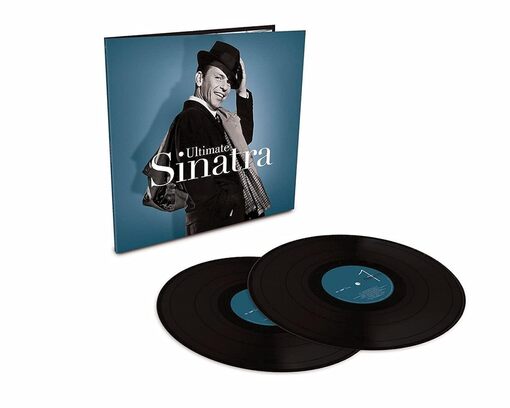
Sinatra At The Sands (2 LP) - Frank Sinatra
Immerse yourself in the magic of Frank Sinatra's live performances with 'Sinatra At The Sands' on vinyl.
This 2 LP set captures the essence of his legendary stage presence, blending classic pop with the vibrant energy of jazz and swing.
Owning this record is like having a front-row seat to one of history's greatest musical experiences.
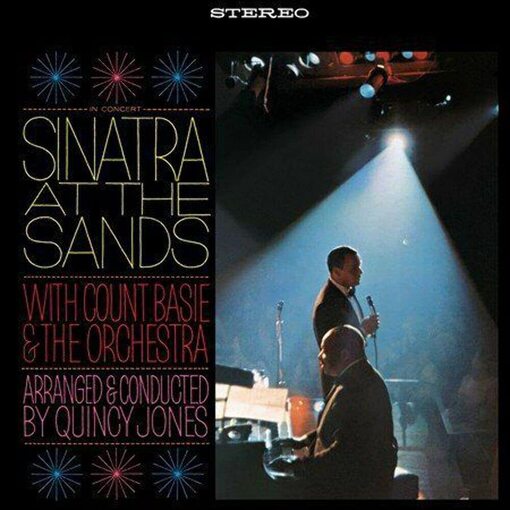
Frank: The Voice - James Kaplan
Delve into the captivating story of Frank Sinatra in James Kaplan's 'Frank: The Voice.'
This book offers a deep exploration of Sinatra's life, revealing the man behind the music.
It's a must-read for anyone interested in understanding the complexities of Sinatra's artistic journey and his enduring impact on music and culture.
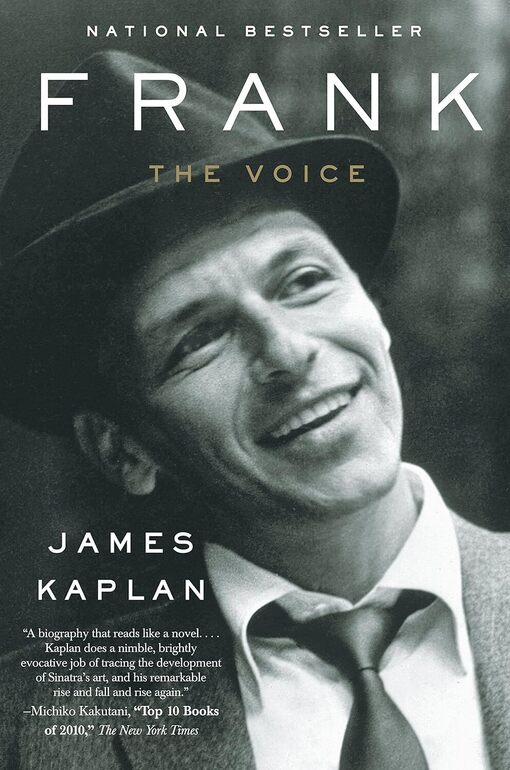
Frank Sinatra: The Beginning - Biographies for Musicians eBook
Explore the early days of a music legend with 'Frank Sinatra: The Beginning.'
This eBook provides insightful glimpses into Sinatra's initial steps in the music world, setting the stage for his iconic career.
It's an inspiring read for fans and aspiring musicians alike, offering lessons in perseverance and artistic evolution.
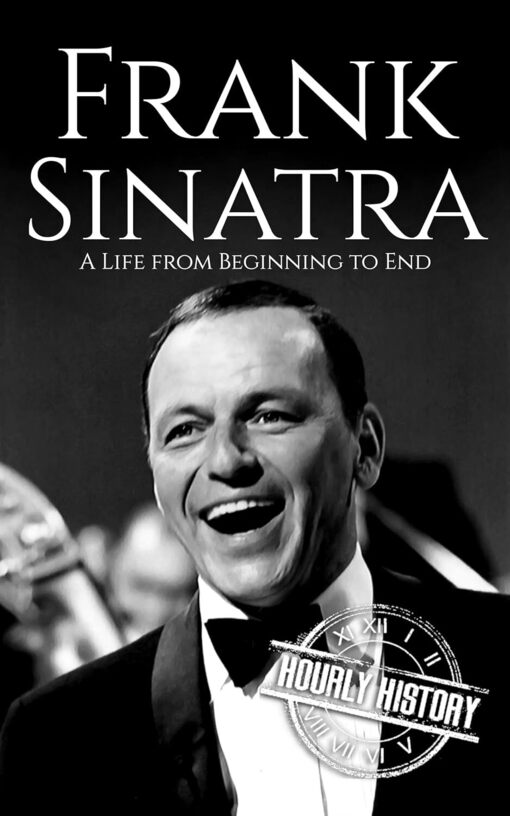
Calypsoroom: a modern hub for shared musical experiences
While the article delves into the rich and varied musical styles of Frank Sinatra, it's intriguing to consider how contemporary platforms like Calypsoroom are revolutionizing the way we experience music.
Users from around the globe can come together in real-time, sharing their musical tastes and experiences via webcam.
This innovative approach to music listening captures the communal essence of enjoying music together, reminiscent of the shared experiences that Sinatra's performances once offered.
Calypsoroom represents a new era of musical engagement, blending the social aspect of traditional music enjoyment with the connectivity of the digital world.
What genre is Frank Sinatra - Conclusion
In conclusion, as we reflect on the diverse and influential musical legacy of Frank Sinatra, we invite you to experience the future of music listening with Calypsoroom.
This innovative platform offers a unique way to connect with others globally, sharing the joy of music in real-time through an interactive, webcam-enabled environment.
While Sinatra's timeless classics remind us of music's power to unite, Calypsoroom brings this concept into the digital age, allowing for new, shared musical experiences.
We encourage you to explore this exciting platform and also visit our blog section for more insightful articles like this, where the past and present of music beautifully intertwine.
Discover, connect, and enjoy the communal spirit of music with Calypsoroom.
Thanks for reading,
The CalypsoRoom Team
Frequently Asked Questions (FAQs)
What are the main music genres associated with Frank Sinatra?
Frank Sinatra is primarily associated with "classic pop" or "traditional pop," but his music also incorporates elements of jazz, swing, and big band. His style is a blend of these genres, making his music rich and diverse.
How did Frank Sinatra's genre evolve over his career?
Over his career, Frank Sinatra's genre evolved from primarily big band and swing in his early years to a more refined traditional pop style. He seamlessly integrated elements of jazz and classical music into his later works, showcasing his versatility.
What distinguishes Frank Sinatra's style in traditional pop?
Frank Sinatra's style in traditional pop is distinguished by his smooth, baritone voice and his ability to convey deep emotion through his singing. His impeccable phrasing and articulation set him apart in the traditional pop genre.
Did Frank Sinatra contribute to the development of jazz and swing music?
Yes, Frank Sinatra significantly contributed to the development of jazz and swing music. His collaborations with prominent jazz bands and artists, along with his unique vocal style, influenced the evolution of these genres.
How does Frank Sinatra's music fit into the classic pop genre?
Frank Sinatra's music fits into the classic pop genre through its broad appeal and timeless quality, characterized by melodious tunes and lyrical storytelling. His music, while rooted in traditional pop, also embraced the complexities of jazz and swing, making it enduringly popular.
back
Written by CalypsoRoom Editorial Team
The CalypsoRoom Editorial Team is a skilled and diverse group of writers, researchers, and industry specialists who have access to Calypso's data and information in order to give you broad knowledge about the music industry as well as helpful advice to help you manage your music and dancing career.
Updated January 2024
Company number: 681223
James's Walk 31, Dublin, Ireland
contact@calypsoroom.com
+353 (89) 435 8928



